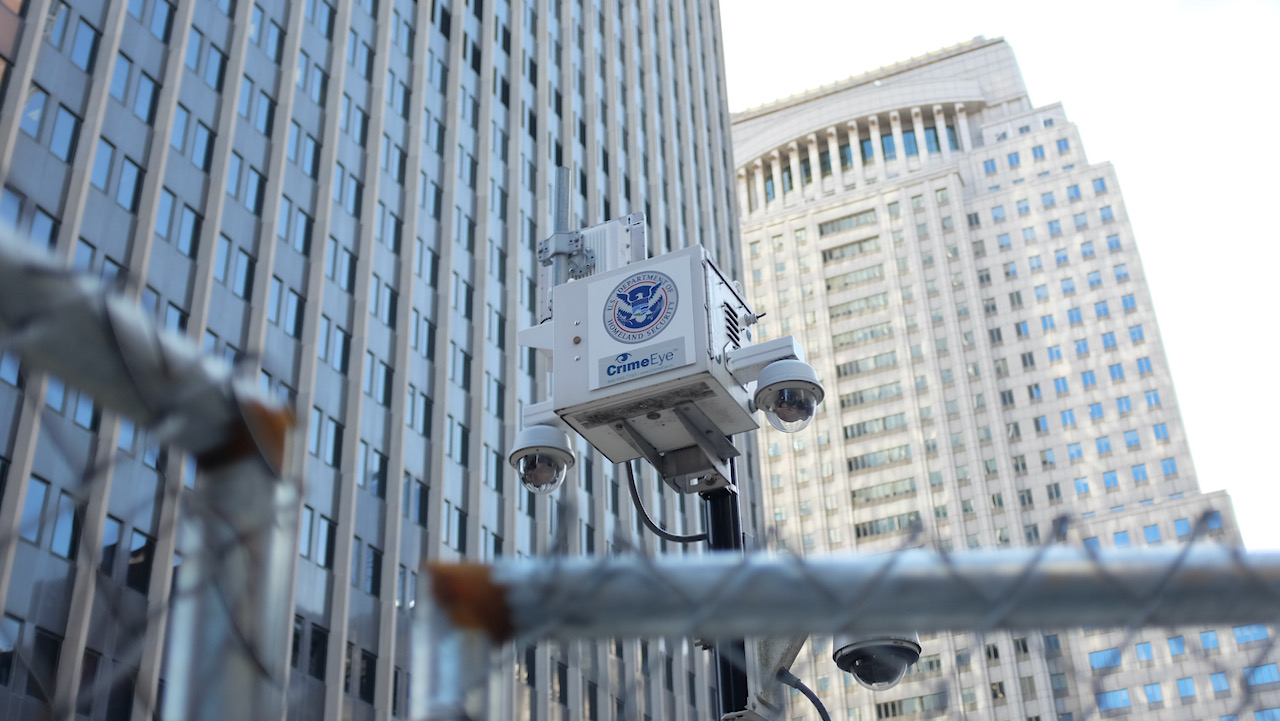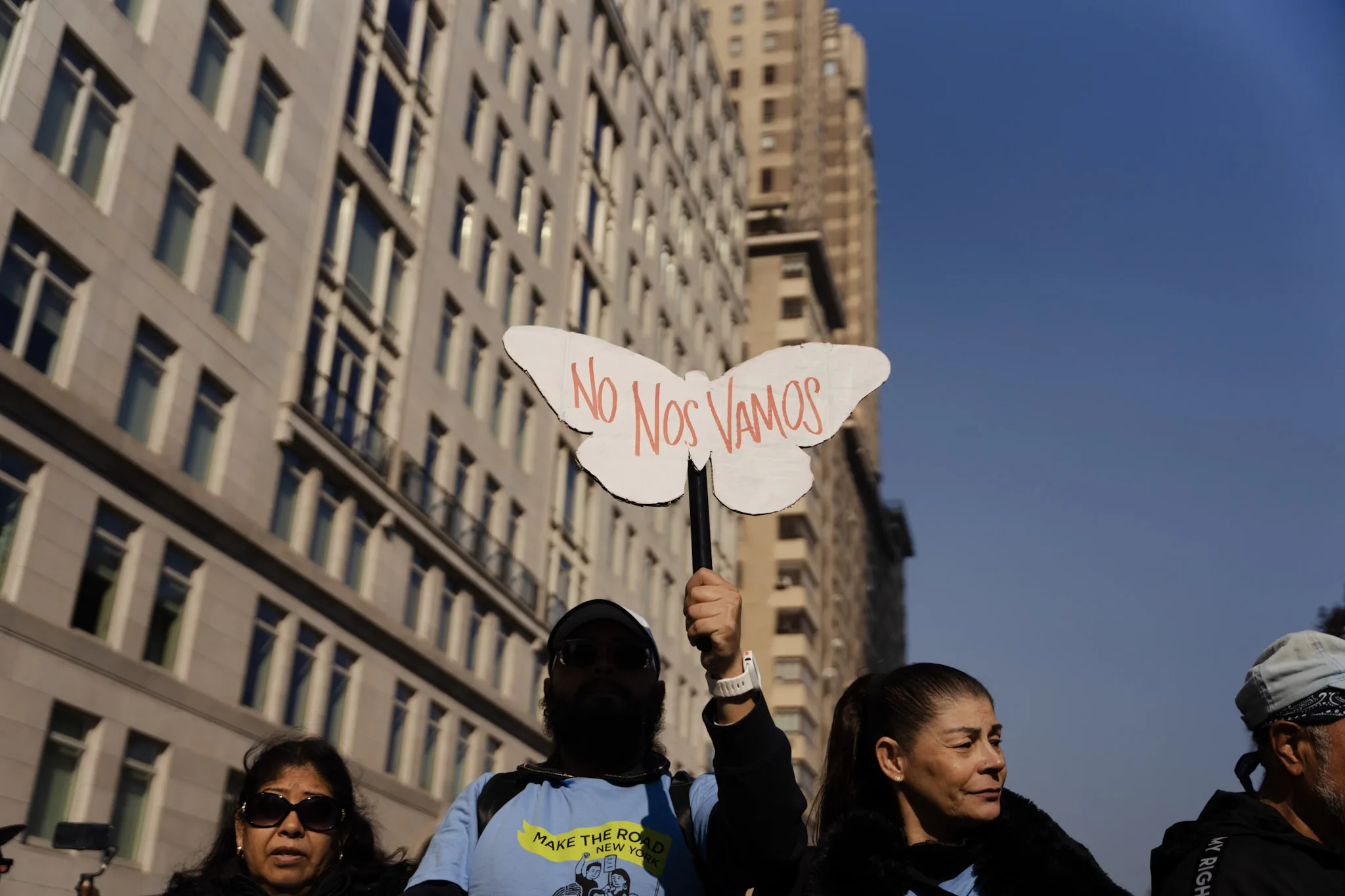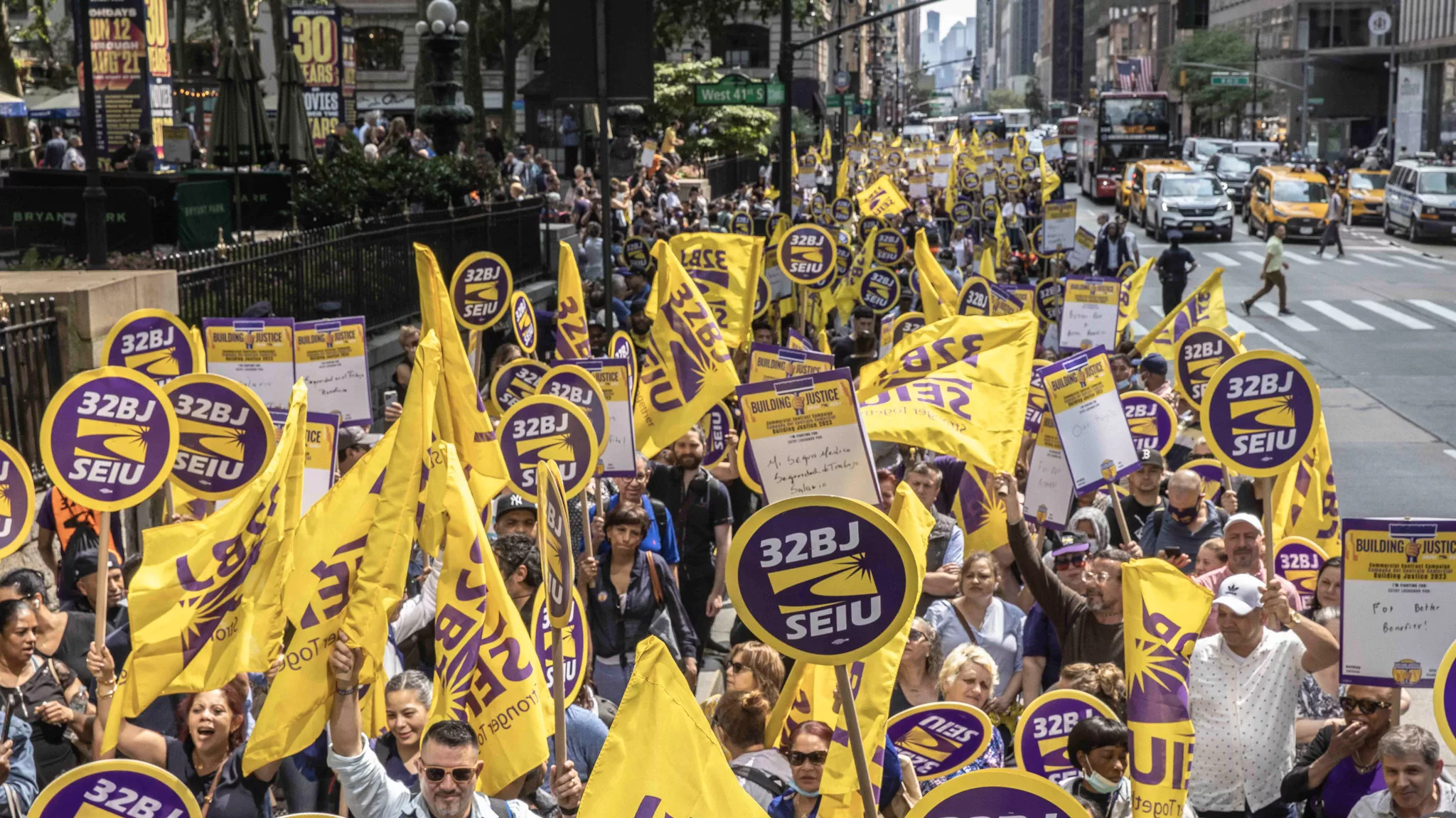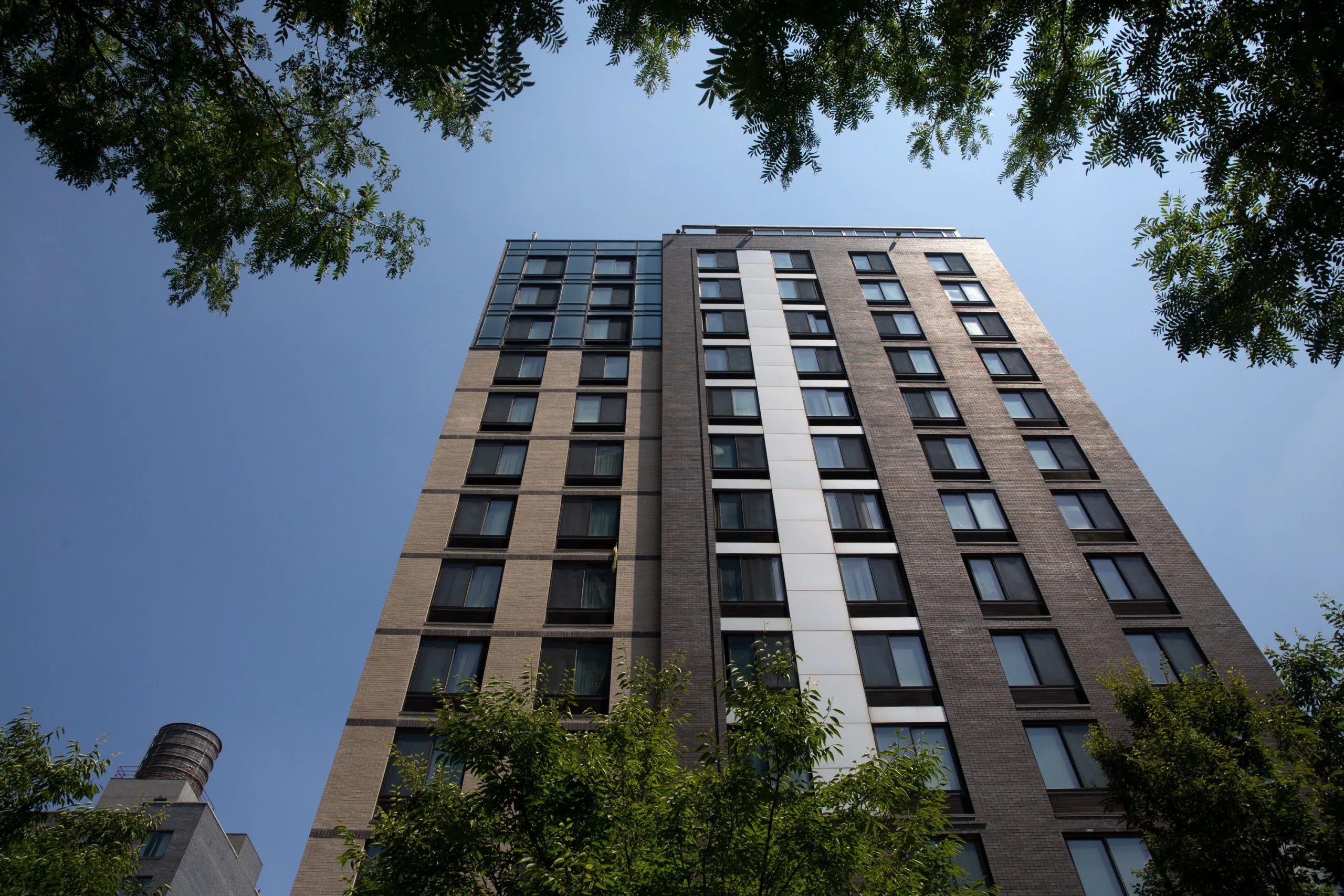The Biden administration has filed notice to appeal a Manhattan federal judge’s groundbreaking order that limited immigrant detentions by instructing the government to provide court hearings for immigration detainees within 10 days of their arrest.
Judge Alison Nathan’s Nov. 30 ruling at U.S. District Court in Manhattan was the first to draw a constitutional line on how long an Immigration and Customs Enforcement detainee waits for an initial hearing before a judge.
Her decision, which applies only to detainees arrested by ICE’s Enforcement and Removal Office in New York, remains in place—and with obvious effect. Government data show that 84.2 percent of the initial master calendar hearings held in December in New York’s Varick Street detainee court came within 10 days of an ICE arrest. Nationally, it was nearly the opposite: 87 percent of the initial hearings were held after more than 10 days in lockup.
Attorneys for the civil liberties groups that filed the lawsuit in 2018—after a summer in which ICE detainees typically waited two to three months in jail before seeing a judge at the Varick Street immigration court—had earlier expressed hope that the government would accept the ruling that limits immigrant detentions. They still held out the possibility that the government will ultimately decide not to pursue the appeal.
“We were certainly disappointed to see the government’s continuing to resist the most basic due-process protections for people arrested by ICE,” said Peter Markowitz, a professor at Cardozo Law School, which filed the case with the Bronx Defenders and New York Civil Liberties Union.
But, he added, “The Biden administration’s Justice Department is still getting things in order. We’re hopeful that the filing is not a final determination in this case but that Biden’s Justice Department is continuing to review this case and will come to the very sensible, logical, legal and humane conclusion that an appeal is not worth it.”
The Justice Department declined to comment, spokeswoman Gail Montenegro said. ICE also declined to comment, spokeswoman Danielle Bennett said.
Also Read: How Trump’s War on Sanctuary Cities Affected Immigrants
Michael Kagan, director of the immigration law clinic of the University of Nevada in Las Vegas and author of The Battle to Stay in America, said he wasn’t surprised that the Biden administration had appealed against this rule about immigrant detentions. “First, the Department of Justice often operates on autopilot,” he said via email, noting that the new administration had not filled all positions.
But, “Second, Biden has not shown much interest in changing the federal law enforcement structures that govern immigration,” Kagan added. “He didn’t call for the restructuring of ICE. He hasn’t called for independent immigration courts. He may want immigration laws and policies to change. But he doesn’t want to surrender government control—specifically, executive branch control—over immigration policy.”
While Nathan’s decision applies only to arrests that ICE’s New York field office makes, the ruling implies a broader use: “The Court DECLARES that the Due Process Clause of the Fifth Amendment requires that initial master calendar hearings for any class member be held within 10 days of an individual’s arrest by ICE.” It’s likely that immigrant advocates in other parts of the country will seek similar rulings.
Markowitz said the plaintiffs’ lawyers in the case have “been in close consultation with allies around the country,” adding, “My hope and expectation is that this ruling will be . . . the first of many.”
New York’s Varick Street detainee court held 16 of its 19 initial master calendar hearings in December and January within the required 10 days, according to data that the Executive Office for Immigration Review, which runs the courts, released on its website.
Also Read: They Are Eligible to Stay in the US. Why Can’t They Get Their Green Cards?
DocumentedNY surveyed detainee deportation cases first filed in 187 venues for December and January, the most recent raw data available from EOIR, which releases it in response to a Freedom of Information Act request made by the Transactional Records Access Clearinghouse at Syracuse University.
Of the 8,290 detainees to receive initial master calendar hearings, 87 percent spent more than 10 days in detention before being able to respond before a judge to their deportation charges. (A small number received a prior hearing based on a request for bond.)
In New Jersey, the Elizabeth Detention Court was over the 10-day line on 12 of its 25 cases, and Essex County Jail on just over half of its 51 cases. In New York State, the Ulster Immigration Court in Napanoch crossed the line in all of its 25 cases. The Batavia Service Processing Center near Buffalo exceeded the 10 days in 33 of its 41 cases.
The U.S. attorney’s office in Manhattan, where officials did not respond to a request for comment, filed notice to appeal on Jan. 29, the last day possible. It has not yet filed a legal brief at the Second U.S. Circuit Court of Appeals. But in a form submitted to the court on Feb. 18, the government said the issue to be raised on appeal is whether the Constitution requires ICE detainees to receive a hearing within 10 days, which it indicated will raise a matter of first impression.
Also read: Why I Led a Hunger Strike Against ICE in New Jersey
In arguing the case before Judge Nathan, the government conceded that the Constitution does require that a prompt review be granted to ICE’s detainees. But, Assistant U.S. Attorney Brandon Waterman had contended, ICE detainees in New York already enjoyed proper safeguards for their constitutional right to due process because ICE agents reviewed whether to grant bond within 48 hours of an arrest. The judge determined that “these safeguards are, in fact, illusory,” in part because ICE’s New York agents never granted bond, which the government didn’t dispute.
As Nathan recounted in her ruling, the government also argued that a “judicially imposed timeframe” for initial master calendar hearings would delay other hearings. These could include master calendar hearings that had been adjourned, as often occurs so that detainees can have time to find a lawyer, or the lengthier hearings later held on the merits of individual cases.
Nathan rejected that argument as well, saying there was no evidence that the shorter waiting times she had already ordered had produced the “feared ripple effect” of delaying other matters.
In criminal cases, authorities are generally required to provide an initial hearing before a judge within 48 hours of an arrest. Nathan, in setting 10 days as the marker for immigration court, noted that immigration law establishes a 10-day wait so the detainee has time to find a lawyer. However, she added, detainees can opt out of the 10-day wait, and most do—but still weren’t getting a timely first hearing.
The 10-day period is based on her finding that ICE can take up to three days after an arrest to bring its case to EOIR, which has another week to schedule a first hearing.
EOIR’s policy conflicts with that. Its manual currently tells courts they have three days from the date of the immigrant detentions to file a Notice to Appear after receiving it from ICE, and then another 10 days to provide a first hearing.















